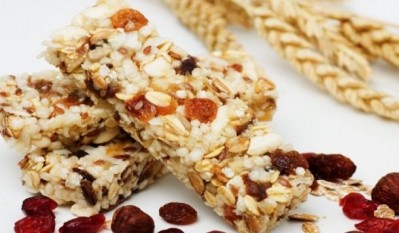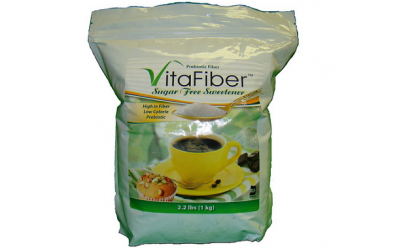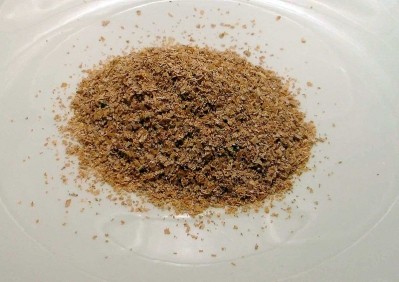Move could create a wholly unnecessary bureaucratic nightmare, claims Bayer Healthcare
Dietary fiber proposals in Nutrition Facts overhaul will create bureaucratic nightmare, warn industry commentators
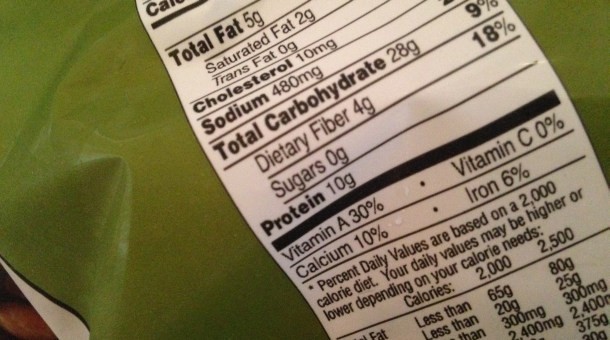
As part of its Nutrition Facts overhaul (click HERE), the FDA proposes a definition* of dietary fiber that is based on fibers’ beneficial physiological effects.
But while some fibers that are the subject of FDA-approved health claims (eg. beta-glucan soluble fiber and barley beta-fiber) are automatically included in the FDA’s definition, many other functional fibers will not be included until the FDA approves citizen’s petitions outlining their health benefits.
Bayer Healthcare: Proposal will deter, not support the inclusion of beneficial fiber ingredients
And this could cause a wholly unnecessary bureaucratic nightmare, claims Bayer Healthcare, which argues that the approach amounts to a “dramatic departure from the FDA’s treatment of any other class of nutrients included in nutrition labeling” and will “deter rather than support the inclusion of beneficial fiber ingredients”.
Indeed, saying an ingredient only meets the definition of ‘dietary fiber’ if it comes with an approved health claim or is supported by a petition proving its physiological benefits makes no sense, it argues in a comment responding to the proposals (click HERE).
If you apply the same logic to protein, for example, only soy protein (which is the subject of a cardio health claim) would count as a protein on a food label, it observes. “Yet that would be comparable” to what the FDA is proposing for dietary fiber.
The listing of a nutrient on the NF panel "does not constitute a claim for anything other than the nutrient's presence in the product", it adds, so why should firms have to submit petitions explaining the health benefits of fibers about which no health claims are being made or even implied?
The International Dairy Foods Association (IDFA) is also strongly opposed to the FDA's "arbitrary and capricious" approach to dietary fiber labeling (click HERE), and says that if firms want to make a structure/function claim about a fiber's health benefits, then substantiation would need to be based on a physiological benefit.
But if they are simply stating the presence of dietary fiber on the Nutrition Facts panel, the "chemical definition [of dietary fiber] should continue to serve as the relevant definition", says IDFA.
Could the first fibers reviewed by the FDA have an unfair competitive advantage?
At a more practical level, meanwhile, there will not be enough time to complete the petition submission and review process before the changes come into effect (two years after the new rules are finalized), fears the Grocery Manufacturers Association (click HERE).
"If substances are not defined as dietary fiber when the final nutrition labeling rules are published, there is the potential that food companies would need to change their fiber declarations several times during the nutrition labeling implementation period as substances are accepted into the definition of fiber. Serial revisions of the fiber declaration would be costly to the industry, and potentially confusing to consumers.
"In addition, the proposed dietary fiber definition would have far-reaching collateral effects with respect to nutrient content claims and health claims regulations."

Meanwhile, the fact that some fibers will get the green light earlier than others could also disadvantage those whose petitions are at the bottom of the pile, says the Calorie Control Council (click HERE).
“Could the first fibers reviewed by the FDA have an unfair competitive advantage as companies wishing to maintain their dietary fiber claims may reformulate to use the approved fibers?”
Bureaucratic nightmares
And if there are multiple manufacturers of a dietary fiber, it is not clear whether they will all have to submit separate citizen petitions, or if the market leader will lead the charge and others will merely have to demonstrate substantial equivalence, it adds.
Similarly, if two manufacturers of the same fiber submit petitions, but one bases its claim on physiological effect A and the other on effect B, what happens if the FDA only agrees with the first petitioner?
“Would the ingredient produced by the first manufacturer be approved as a fiber while that same fiber produced by the second manufacturer be unapproved?”
Finally, it asks, “If a product contains a type of dietary fiber both intrinsic and extrinsic, but the extrinsic fiber is not yet approved by the FDA before the new requirements go into effect, would the intrinsic fiber be labeled and the extrinsic not?”
Grandfathered list would reduce the burden of petition review and help harmonize regulations
Instead of a pre-approval system, says the Council, “We propose a pre-market notification system... Manufacturers would provide the scientific evidence for the physiological benefit of the dietary fiber, and if the FDA does not respond within 180 days, the dietary fiber would be considered acceptable for use.”
It also urges the FDA to work with Health Canada to develop a list of ‘grandfathered’ extrinsic fibers that have been reviewed and authorized to “reduce the burden of petition review and help harmonize regulations”.
ISAPP: Move will cause undue delays
The International Scientific Association for Probiotics and Prebiotics (ISAPP) also has a problem with the pre-approval process, which it claims “would result in undue delays” given the number of petitions the FDA is likely to receive.
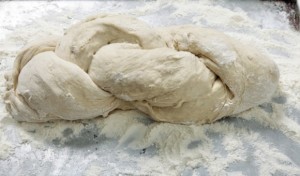
And while ISAPP is pleased (unlike many commentators) that the FDA is thinking about fiber in terms of “demonstrated function rather than chemical structure”, it says its list should be expanded to include a broader range of potential physiological beneficial effects, such as those stated at the 2010 Vahouny fiber conference (click HERE).
American Bakers Association: Citizen’s petition process is burdensome and unnecessary
In sharp contrast, the American Bakers Association and the Retail Bakers of America say defining a macronutrient based on its physiological effect, rather than chemical structure, is “unprecedented” and argue that the proposed pre-approval process is burdensome and unnecessary.
If the FDA deems it necessary to finalize a definition of dietary fiber, the ABA and the RBA urge it to adopt a modified version of the 2009 CODEX Alimentarius definition (click HERE).
If FDA declines to adopt the modified CODEX definition, the ABA and the RBA propose the following revised definition: “Dietary fiber means non-digestible soluble and insoluble carbohydrates with 3 or more monomeric units and lignin that are: (1) naturally occurring or intact in plants when consumed; or (2) isolated, extracted, or synthesized and have a physiological effect that is beneficial to human health as demonstrated by competent and reliable scientific evidence.”
Click HERE to read more about bakers' concerns at our sister site BakeryandSnacks.com.
Click HERE to read all the comments submitted to the FDA on the NF proposals.
*The FDA’s proposed definition of dietary fiber is:
(1) Non-digestible soluble and insoluble carbohydrates (with 3 or more monomeric units) and lignin that are intrinsic and intact in plants;
(2) isolated and synthetic non-digestible carbohydrates (with 3 or more monomeric units) that FDA has granted be included in the definition of dietary fiber, in response to a petition submitted to FDA... demonstrating that such carbohydrates have a physiological effect that is beneficial to human health;
or (3) isolated and synthetic non-digestible carbohydrates (with 3 or more monomeric units) that are the subject of an authorized health claim.
